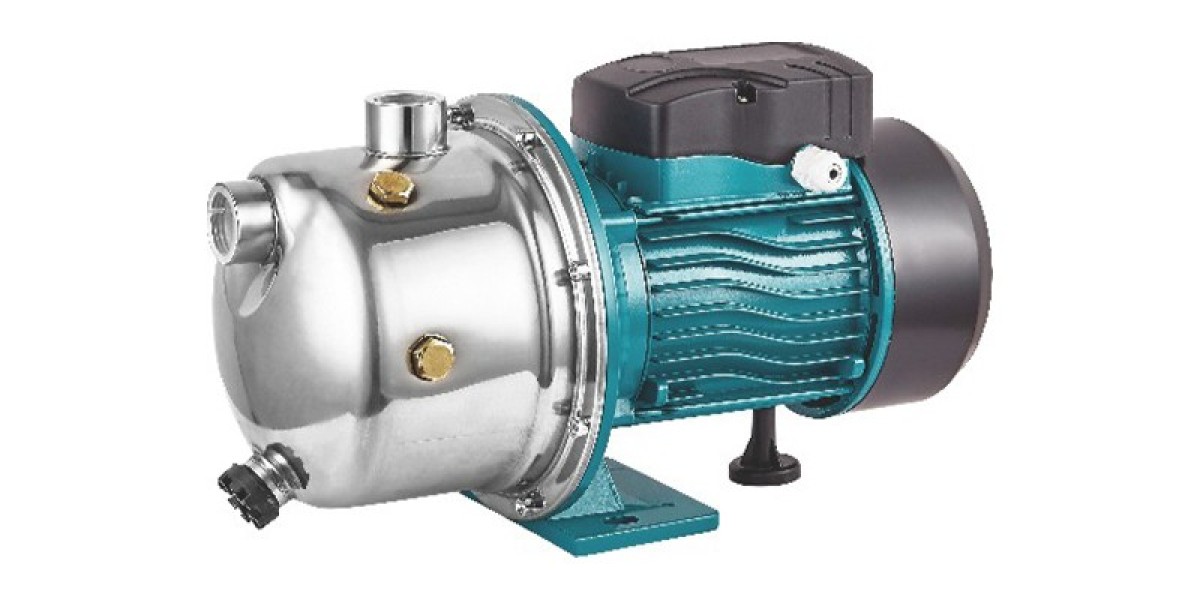Maintenance Tips for Optimal Performance
Proper maintenance is key to enhancing the efficiency and lifespan of stainless steel centrifugal pumps. Here are some essential tips:
Regular Inspections: Conduct routine inspections to check for signs of wear, corrosion, or leaks. Early detection of issues can prevent more significant problems and costly repairs.
Lubrication: Ensure that all moving parts, such as bearings and shafts, are adequately lubricated. Use high-quality lubricants recommended by the manufacturer to reduce friction and extend component life.
Filtering and Straining: Install filters or strainers at the suction side of the pump to remove debris and contaminants. This prevents clogging and damage to internal components, maintaining ideal flow rates.
Alignment and Balancing: Proper alignment and balancing of the pump and motor are critical for smooth operation. Misalignment can cause excessive vibration, bringing premature wear and increased energy consumption.
Cavitation Prevention: Cavitation occurs when vapor bubbles form and collapse within the pump, causing erosion and noise. To prevent cavitation, ensure that the net positive suction head (NPSH) available is always greater than the NPSH required.
Temperature Monitoring: Regularly monitor the temperature of the pump and fluid. Excessive heat can indicate issues such as overheating bearings or improper cooling. Address any temperature anomalies promptly to avoid damage.
Cleaning and Sanitization: For applications in the food and pharmaceutical industries, regular cleaning and sanitization are essential. Follow the manufacturer's guidelines for cleaning agents and procedures to maintain hygiene and prevent contamination.
Record Keeping: Maintain detailed records of maintenance activities, including dates, parts replaced, and any observations. This documentation can help identify patterns and trends, enabling proactive maintenance and troubleshooting.










